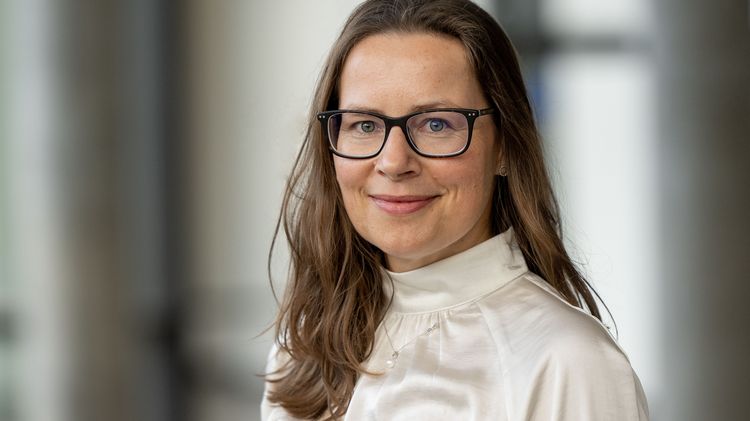Do regional languages such as Low German have future?
Do regional languages such as Low German have future?

Like living creatures, languages can also change and adapt to communicative needs, says Germanist Doreen Brandt. She is convinced that Low German has a future.
"The number of people who speak Low German (Niederdeutsch) is dwindling and average competence levels are declining – nevertheless, Low German has a future! The language will change, however. The way people learn Low German and use it is changing, and the way the language is researched is changing, too.
Low German can be expected to change on several levels. One important aspect is that the number of people who learn the language from their parents or grandparents is dwindling. Instead of learning Low German within the family, nowadays more people tend to learn it at school. Rather than being passed on through largely unsupervised teaching processes and everyday use, the language is now being taught through controlled and above all institution-based teaching methods.
The fact that special structures are now being created for this purpose – including steps such as adding Low German to the list of subjects taught at secondary schools in Lower Saxony – is to some degree the result of a very favourable political framework. One element of this framework is the European Charter for Regional or Minority Languages which came into force in Germany in 1999 and aims to promote such languages.
A lot has happened since then. In 2019, for example, Lower Saxony issued a decree stipulating the inclusion of “language encounters” in German lessons at schools, as well as opportunities to learn the Low German in study groups at primary and secondary schools; incidentally, this also applies to the minority language Saterland Frisian from the community of Saterland in Lower Saxony. Language encounters can mean children being brought into contact with Low German speakers or introduced to Low German songs or literature, for example, or teachers hinting at Low German inscriptions or signs during school excursions.
In future, the teaching of Low German in schools and as part of the new Low German degree programmes at universities should be accompanied by research looking at how these measures revitalise the language, whether additional places of learning are required, whether the transfer into society is successful, and if so, how. There is even the possibility that Low German will find its way back into family life thanks to the school lessons. In any case, there’s an important difference between Low German lessons and lessons in a foreign language: the pupils learn the language in the regions where it is spoken and has its roots – that's the beauty of it!
All this is injecting a new dynamic into the research on Low German, which so far had been dominated by linguistics but in which literary studies and didactics are now gaining importance. Another shift is likely to build on this: if Low German, which incidentally had almost entirely disappeared from the written word 200 years ago, is taught and studied academically, this will strengthen its so-called literacy – the literary culture revolving around Low German, the recognition and appreciation of it as a written language, as a literary language. The written culture – including the reading culture – takes on a new status. New types of text are added, and the growing number of writers and readers will benefit the Low German literary scene and have a positive impact on the cultural scene as a whole.
When we look to the future of Low German there is one thing we must not forget: the way the language itself changes. Low German will change. Languages are essentially living beings and change according to communicative requirements. What makes Low German special is the great diversity of its varieties and dialects. It won’t be possible to teach every minor dialect in schools, for example, but more widely taught varieties are likely to develop. However, at least when it comes to written Low German, the variance will decrease, whereby the orthography is less binding than in High German (Hochdeutsch). Its pronunciation and vocabulary also vary greatly from region to region. Standardisation may mean that the identification potential of Low German dialects suffers while at the same time it becomes easier to learn and more widely understandable.
Low German is still alive and kicking. It may be that 50 years from now it will be spoken less at gun clubs and more in Low German theatre. But even if the language itself and the places and contexts where it is used change over time, Low German will still exist: it will be spoken, it will be heard, it will be written, it will be read."


